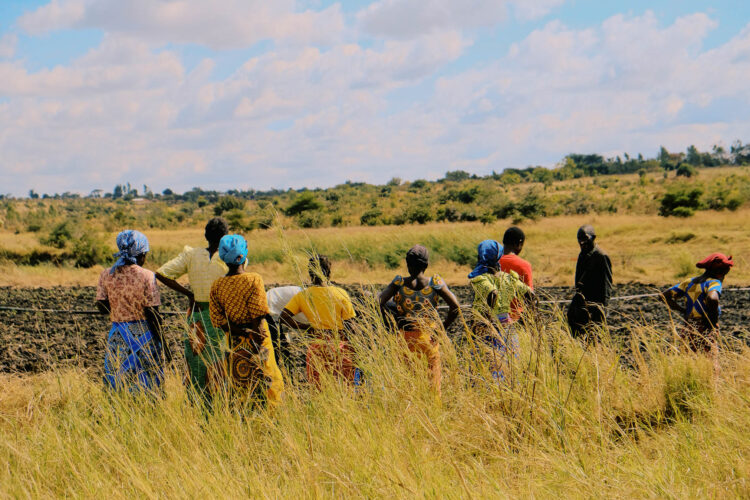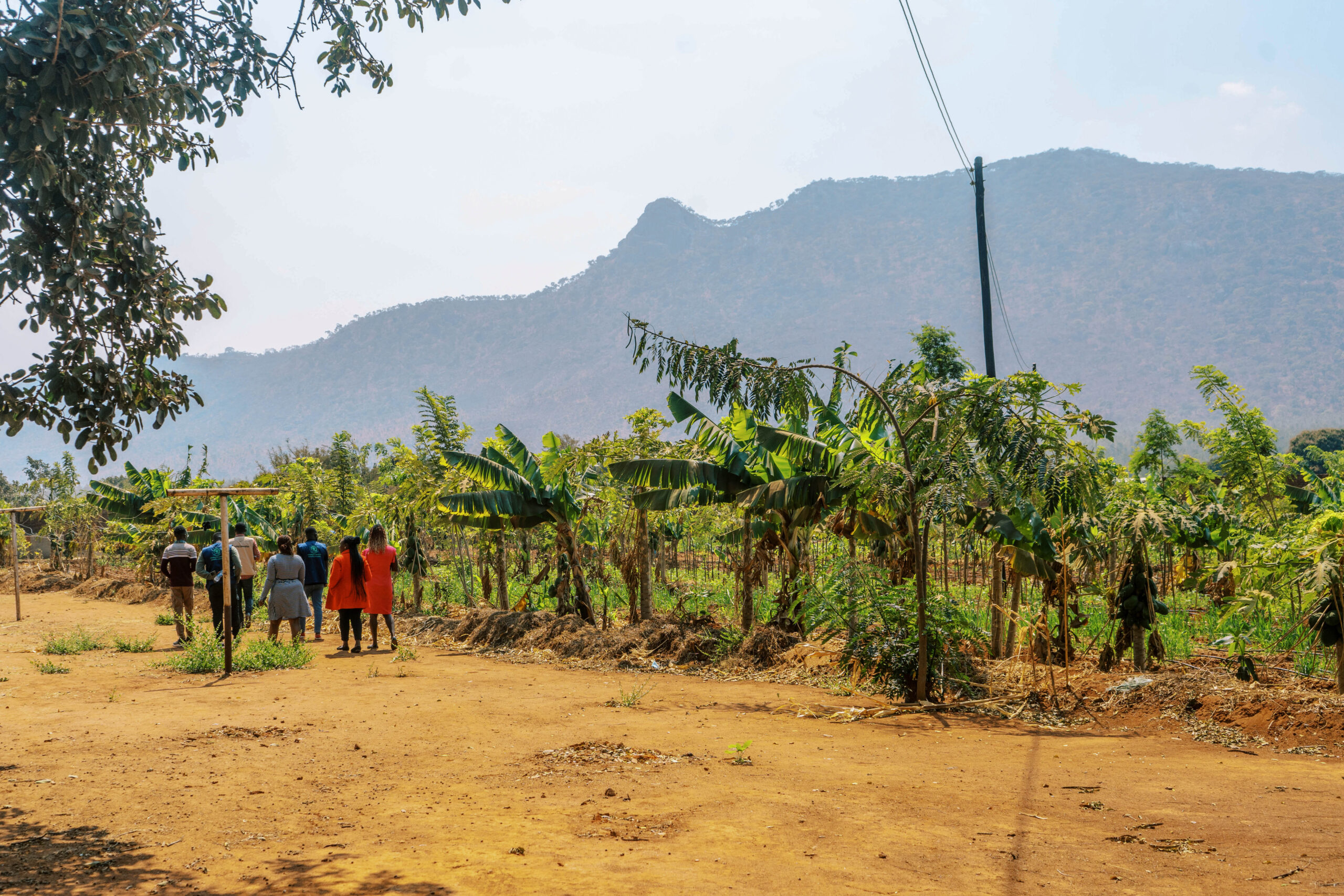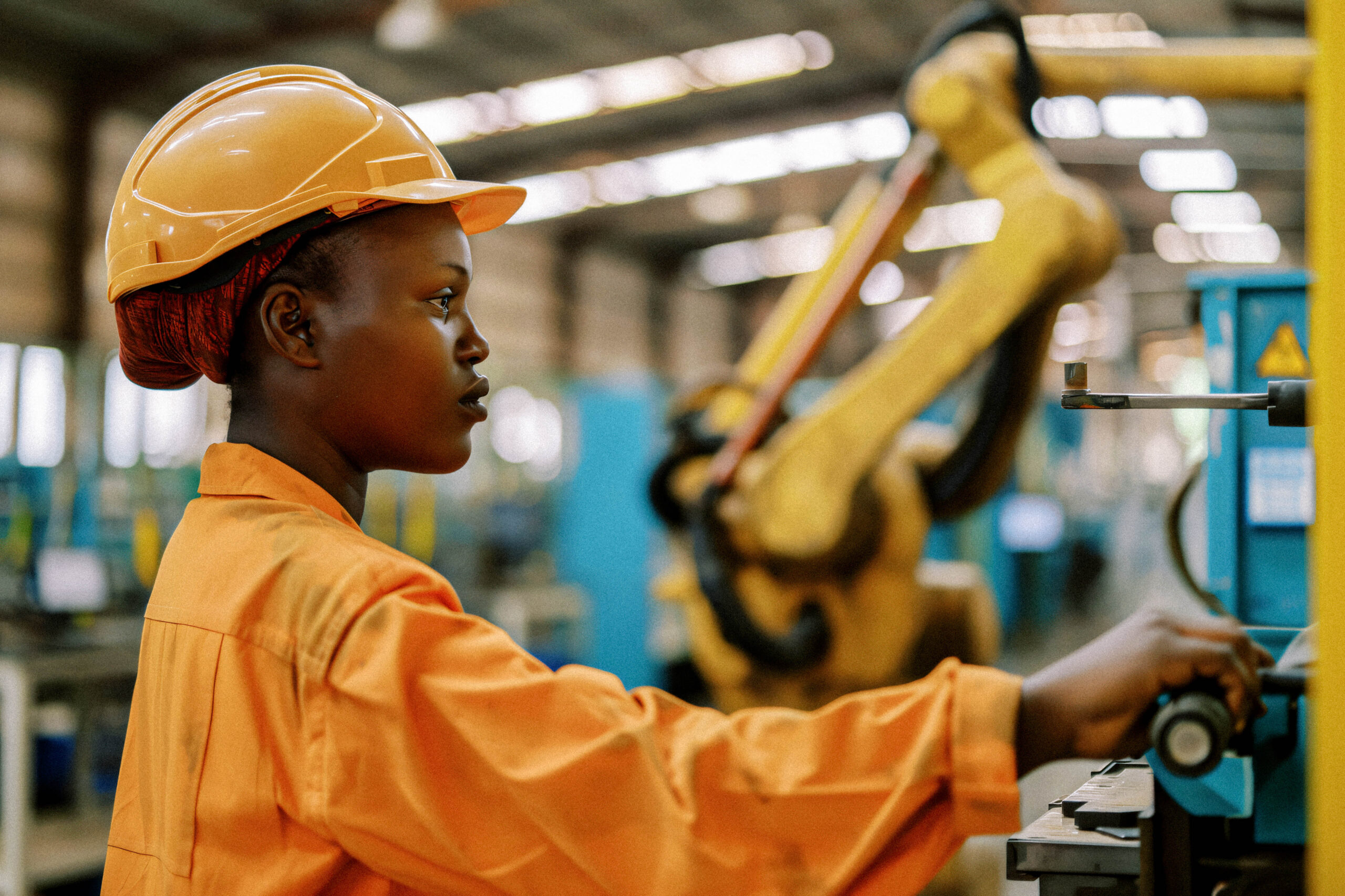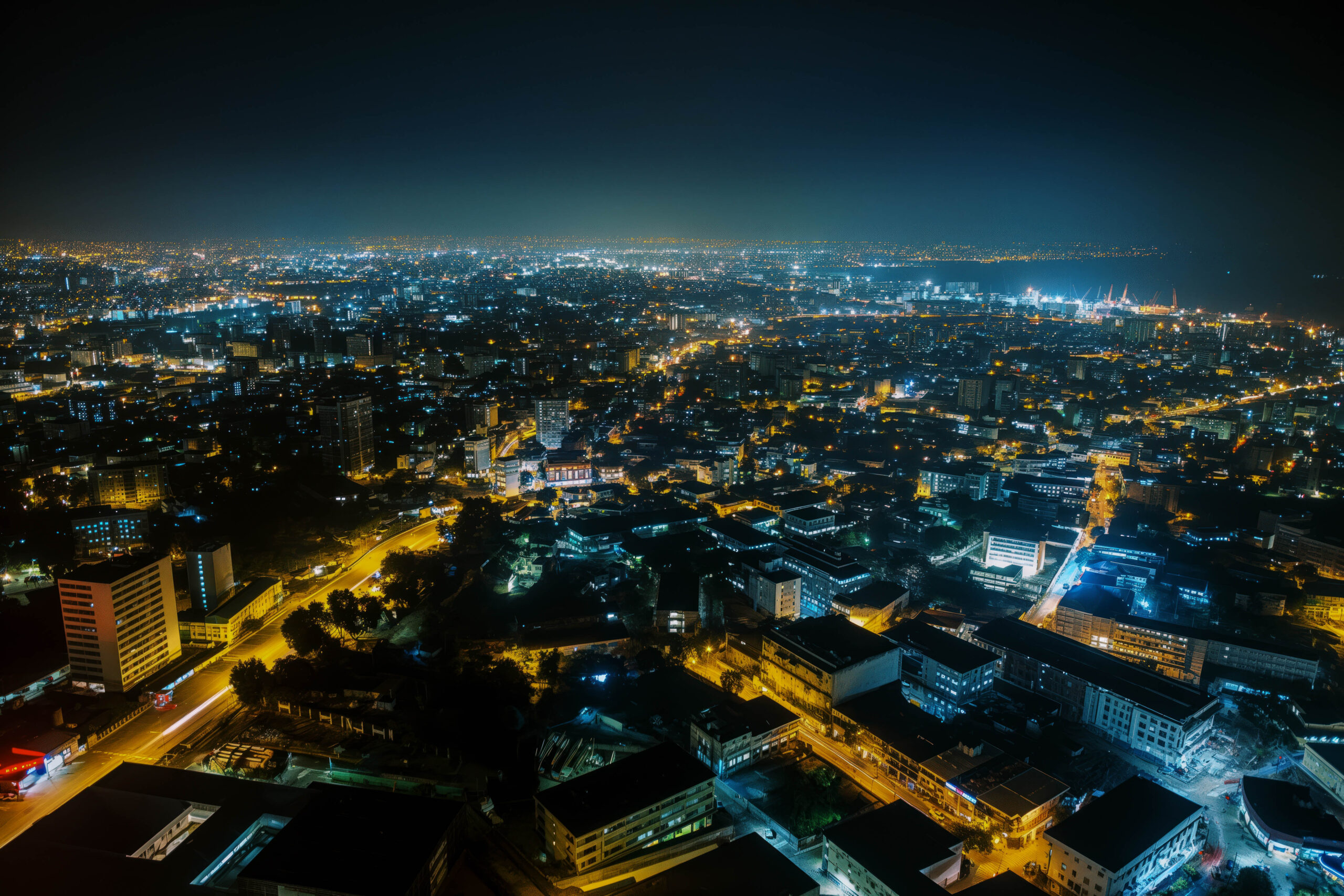This is what we do
Our goal is prosperous and self-reliant Malawi. Here's how we're getting there.
- Home
- Malawi Vision 2063
Malawi Vision 2063
Paving the Way to Inclusive Properity and Self-Reliance
Malawi Vision 2063 (MW2063) is a strategic development plan aiming to transform Malawi into a prosperous, self-reliant, and industrialized upper-middle-income country by the year 2063. This visionary agenda is anchored on three main pillars: Agricultural Productivity and Commercialization, Industrialization, and Urbanization. Collectively, these pillars are designed to foster inclusive wealth creation and reduce reliance on external aid, steering the nation toward sustainable development and economic independence.
What is MW 2063?
Malawi Vision 2063 was launched in 2020 by the Malawi government and is aligned with the African Union Agenda 2063 and the United Nations’ Sustainable Development Goals.
MW2063 was created by the National Planning Commission (NPC), a Malawian non-partisan independent government body, and various government and nongovernment partners. These partners include the Council for Non-Governmental Organizations in Malawi (CONGOMA); Malawi Confederation of Chambers of Commerce and Industry (MCCCI), USAID, the European Union, the UNDP and UNICEF.
Malawi Vision 2063 is intended to guide the government’s policies and programs over the long term and inspire the people of Malawi to rally behind common goals. It is the vision of Malawi’s future that aims to empower youth and build an inclusively wealthy and self-reliant nation.


MW2063 Pillar 1:
Agriculture Productivity and Commercialisation
The first pillar of the Malawi Vision 2063 is Agricultural Productivity and Commercialisation. Agriculture is the first pillar because it is already deeply ingrained in the Malawian identity and economy. Agriculture is the most prominent way that Malawi accesses foreign exchange currencies, and therefore best connects it to the global economy. Additionally, most of the country is already familiar with agriculture, as the majority of the population are rural subsistence farmers.

MW2063 Pillar 2:
Industrialisation
Industrialisation is one of the ultimate goals of MW2063. Industrialisation means the creation of new industries and value addition processes. Some examples of industrialised processes are food processing, mining, and mineral refining. Malawi imports almost all of its modern and industrial amenities. Industrial development will lead to an increase in Malawi’s export market, getting higher prices for goods produced in Malawi, and therefore bring more forex ($USD or other common trade currencies) and investment in the country.

MW2063 Pillar 3:
Urbanisation
Urbanisation is the last pillar of MW2063 as it is perhaps the ultimate goal of the vision – to have developed, urbanised, and made an inclusively wealthy nation. Currently, there are only three cities in Malawi – a country of over 19 million people. Malawi is quite far from being an urbanised country, with only about 20% of the population living in urban areas. It is a priority for Malawi to urbanize thoughtfully and sustainably.

Malawi Vision 2063
More about MW2063
The Malawi Vision 2063 document (PDF) outlines the country’s long-term development priorities and strategies to achieve its vision. It covers various sectors, including agriculture, industry, infrastructure, education, health, governance, and the environment.
Do you have something to contribute to our analysis? If so, send us an email at [email protected]!

